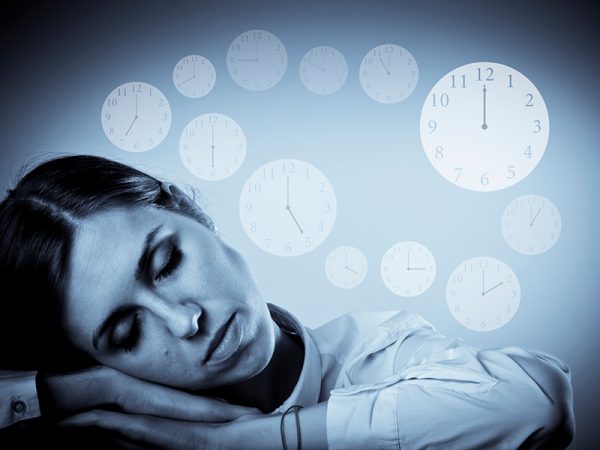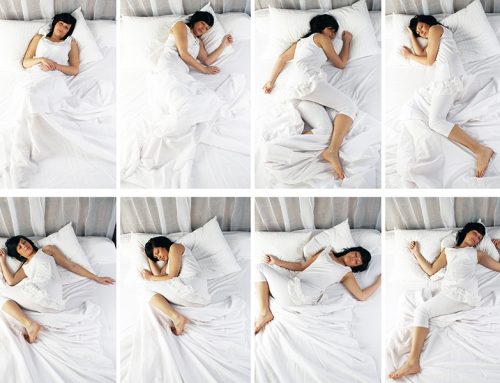 When we’re sleeping, there’s a lot happening. It’s not just a time for us to rest and rejuvenate for the next day. In fact, once we fall asleep, our brain continues to be more active, our mind is circulating through a number of sleep cycles and crucial physiological processes are occuring. It’s worth understanding the stages of sleep to better recognize the deeper role it plays in our health and wellbeing.
When we’re sleeping, there’s a lot happening. It’s not just a time for us to rest and rejuvenate for the next day. In fact, once we fall asleep, our brain continues to be more active, our mind is circulating through a number of sleep cycles and crucial physiological processes are occuring. It’s worth understanding the stages of sleep to better recognize the deeper role it plays in our health and wellbeing.
As we spend at least a third of our lives sleeping, we should pay as much attention to this facet of our humanity as we would in our career and relationships. And just like work, relationships and our families, sleep is complex and multi-dimensional. Continue reading to learn more about your different sleep stages and cycles.
Sleep is more dynamic than passive
Interestingly, before the 1950s, sleep research scientists believed that sleep was a time when our bodies go into a passive, “shutdown” mode. They thought the brain would turn off, the body would recover and we would restart again in the morning. However, they would eventually come to discover through brain activity recordings that this couldn’t be further from the truth. Through measuring eye movements and muscle activity, sleep studies revealed that a sleeping person’s brain is running through two main cycles: non-REM (rapid-eye movement) and REM sleep.
Understanding the Stages of Sleep
Throughout one night of sleep, your brain will frequently cycle and repeat through these two equally important stages.
What is happening during Non-REM sleep?
You go through non-REM sleep before REM sleep. In the three stages of non-REM sleep, each stage can last anywhere from 5 to 15 minutes. Think of it as a slow build-up to a movie climax, or the rising action. The first two stages are fairly light, followed by a deep third stage.
What is happening during REM sleep?
Now we’re at the climax, the state of dreaming. And lucky for us, in an average night, we can have five to six REM cycles alone. In this final stage, your brain becomes more active, your eyes will move rapidly (hence rapid eye movement) behind closed lids and brain waves will somewhat mimic waves similar to those during waking hours. The body will be in a paralyzed state while your heart rate and blood pressure increases.






